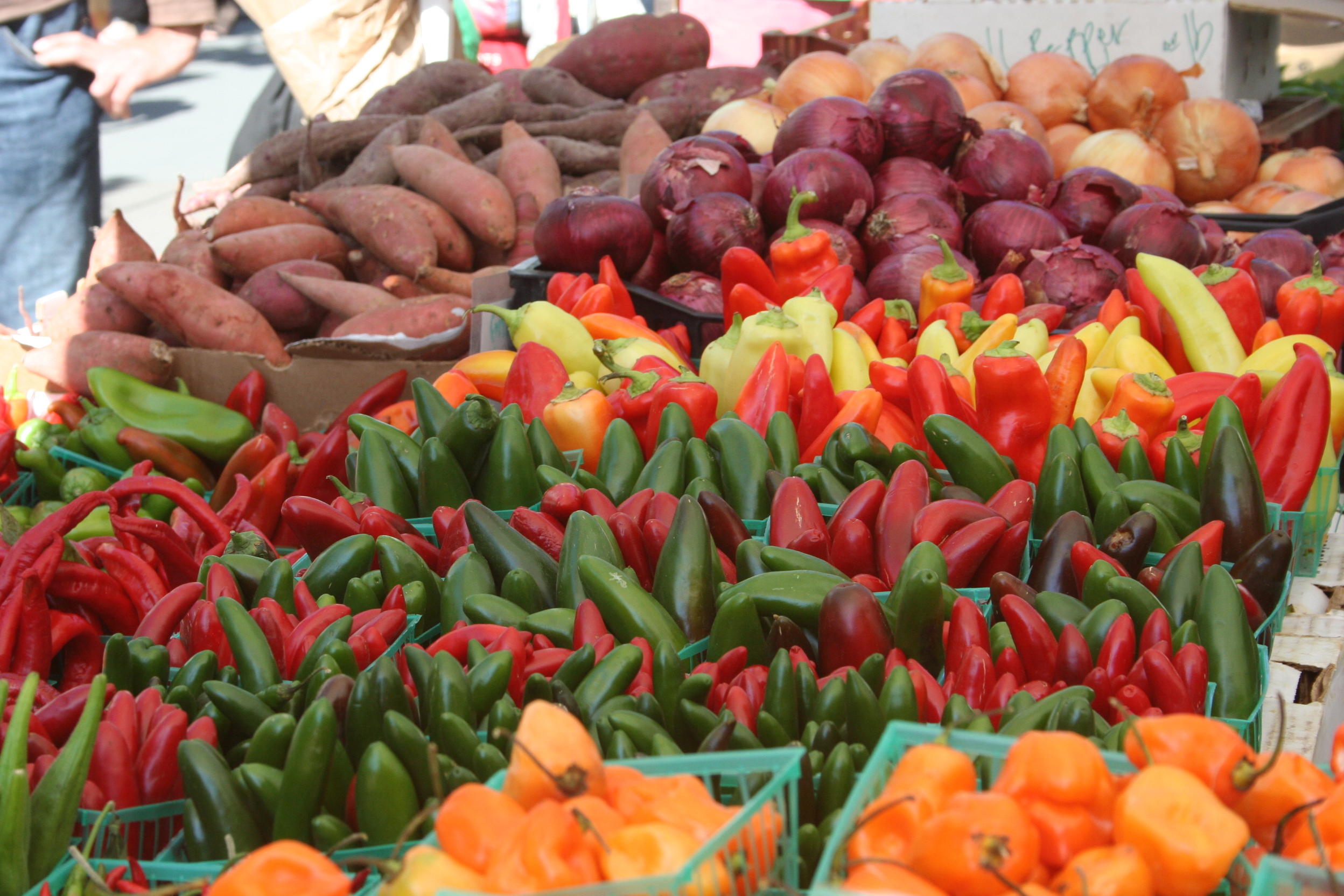When I go home to visit my parents I eat mostly organic produce. In fact it’s so fresh that much of it comes from my mother’s vegetable patch outside. Craving broccoli soup today? Mom just picks them out of the soil and a delicious soup is served at lunch. Feel like a salad? Sweet cherry tomatoes from the garden mixed with fresh lettuce and globs of creamy goat cheese atop a wonderful bed of greenness magically appear on the table. This wonderful produce is devoured in a beautifully landscaped garden under the gorgeously warm sunshine. I end up eating twice as much at my parents’ than I do in San Francisco and I don’t gain any weight. I feel healthy and relaxed- the perfect mom; eating delicious organic meals and having my toddler try vegetables he would never have touched otherwise.
When I get home after this 4-5 weeks blissful trip every year reality hits hard. All of a sudden there are groceries to be done, meals to be prepared, my son is rejecting all things green, and my to do list is endless. The glow of the holiday quickly morphs into chaos and jetlag. Thankfully within a week most things are under control and I have time to put a little thought into my grocery list. My philosophy when I’m buying produce is to try and be healthy but also practical. This means buying organic whenever possible but when it’s not, picking the produce that is less likely to have the least number of pesticides.
There is a report called the EWG’s Shopper’s Guide to Pesticides and Produce which highlights the ‘Dirty Dozen;’ Twelve items that generally have high levels of pesticides when tested and the ‘Clean Fifteen,’ which have low levels.
For the most part I try to buy organic vegetables on the “Dirty Dozen” list and often buy non organic produce that are on the “Clean Fifteen.” Sometimes I will even buy a few nonorganic items on the “Dirty Dozen” list when I can’t make it to Trader Joe’s. As the report admits “the health benefits of a diet rich in fruits and vegetables outweigh risks of pesticide exposure.”
Here’s a list that will help you shop smarter and hopefully eat healthier. The EWG report draws from an extensive database of pesticide tests (32,000 samples) conducted by the U.S. Department of Agriculture and federal Food and Drug Administration.
The Dirty Dozen List –
- Apples
- Strawberries
- Grapes
- Celery
- Peaches
- Spinach
- Bell Peppers
- Nectarines
- Cucumbers
- Cherry Tomatoes
- Snap Peas
- Potatoes + Collard Greens/Kale +Hot Peppers (2 more were added to the list in 2014)
Clean Fifteen
- Avocado
- Sweet Corn
- Pineapples
- Cabbage
- Frozen Sweet Peas
- Onions
- Asparagus
- Mangos
- Papaya
- Kiwi
- Eggplant
- Grapefruit
- Cantelope
- Cauliflour
- Sweet Potatoes

Leave a Reply